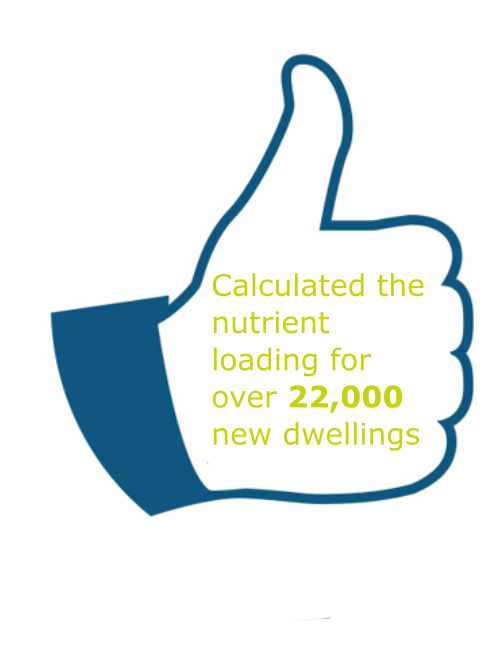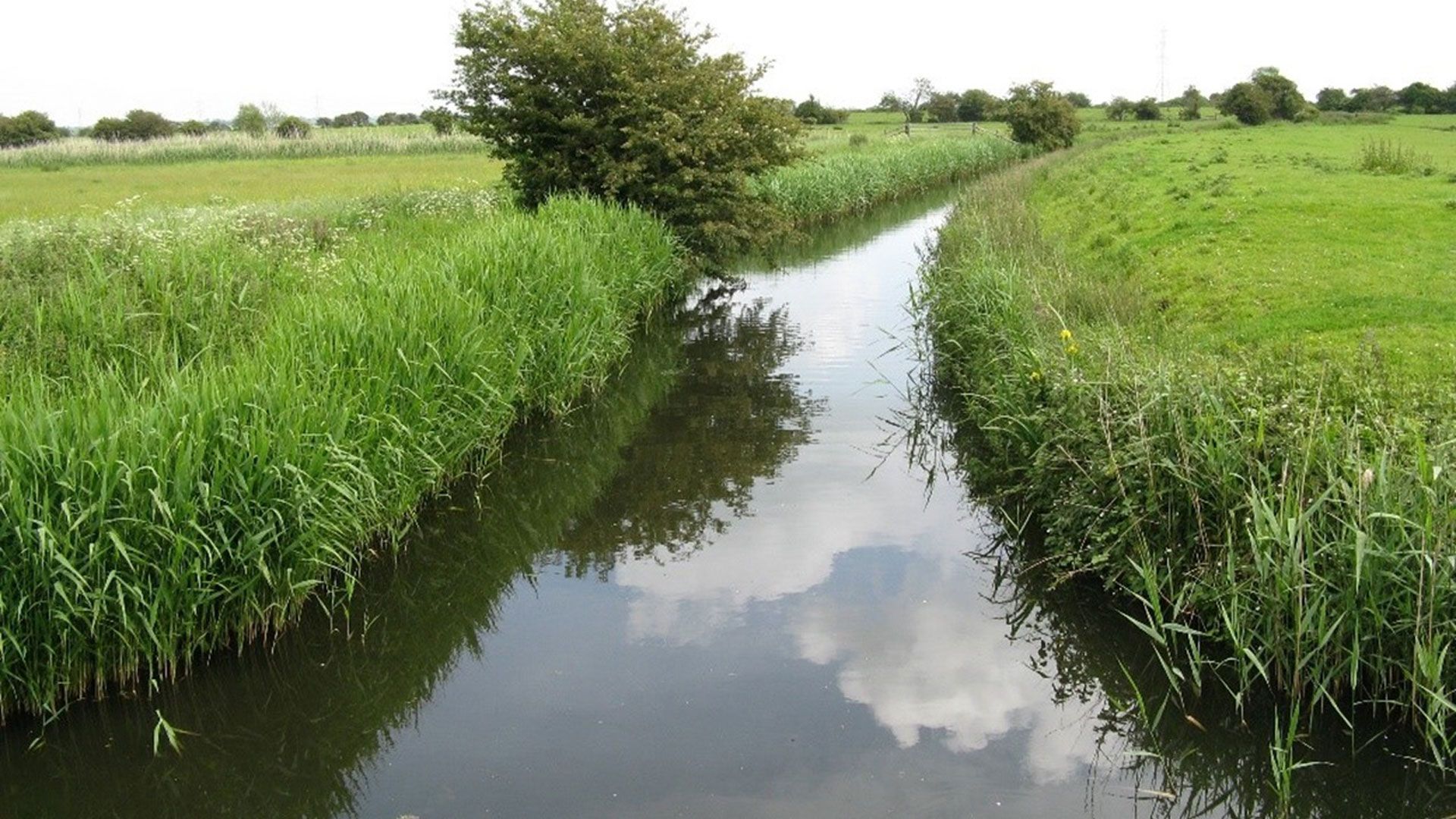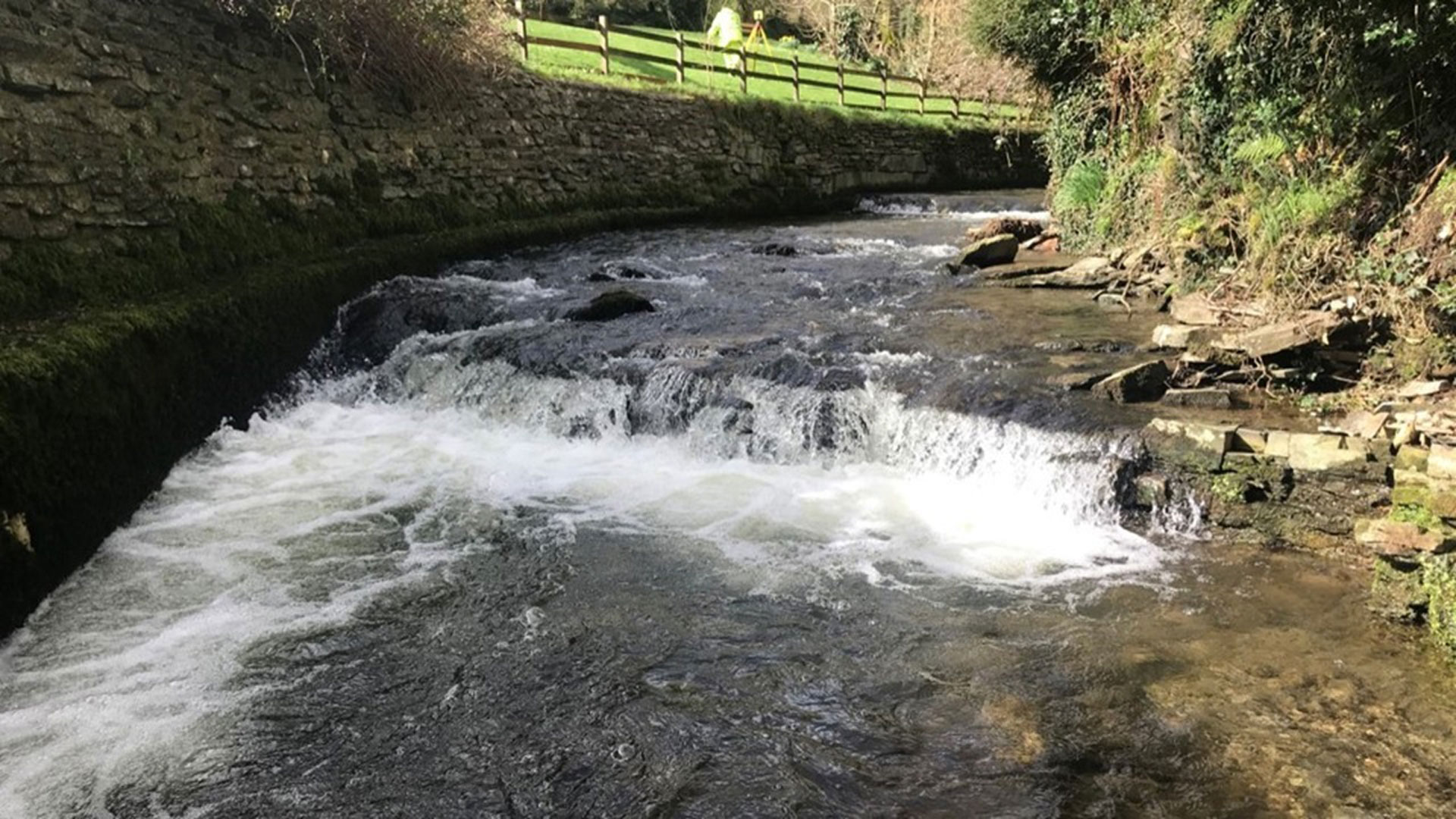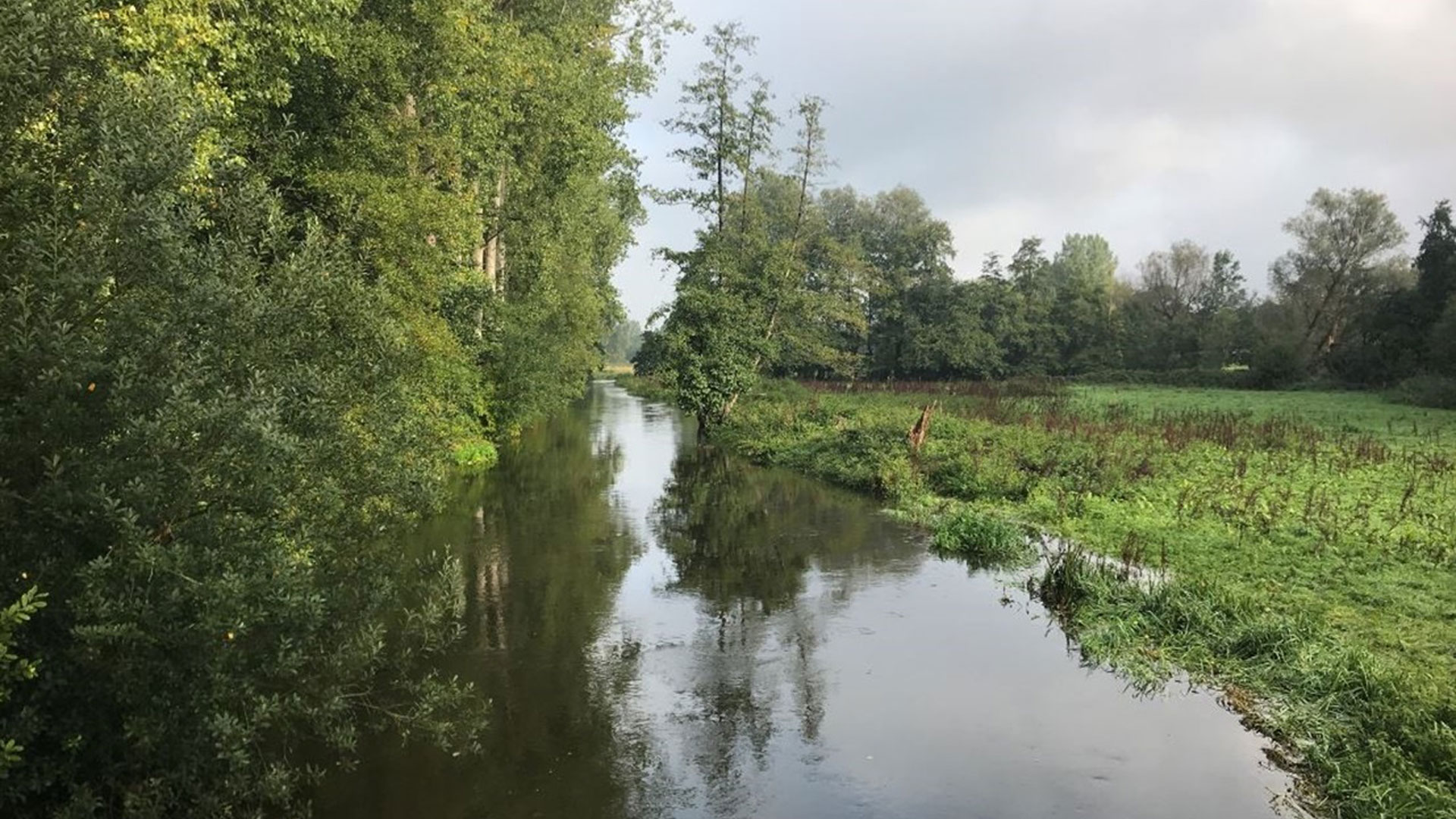Nutrient neutrality

How can we help you?
We have strong team of experts in freshwater and marine habitats with extensive experience in Nutrient Neutrality. We have considerable experience of working across the UK and an excellent understanding of the relevant drivers and legislation.
Using our extensive experience in the nutrient neutrality market, we can provide the following services:
- Appraisal of suitable nutrient mitigation solutions bespoke to a catchment.
- In order for solutions to be used as mitigation to offset housing developments, they must provide sufficient certainty to meet the requirements of a Habitat Regulations Assessment (HRA). As a result, not all solutions that will reduce nutrient concentrations can be used for offsetting. Where studies on nutrient solutions already exist, we can advise on which solutions will or will not provide sufficient certainty for offsetting developments.
- Review Natural England’s published calculators to ensure inputs are correct and appropriate to the catchment.
- Site screening assessment to identify and assess potential mitigation land – this could consider the nutrient reduction potential and current designations on site and can incorporate a GIS heat mapping exercise.
- Undertake a nutrient budget calculation to determine the number of houses and the likely nutrient load that will need mitigating.
- Develop mitigation plans for implementing preferred mitigation solutions – this could consider both short-term and long-term plans and would ensure enough mitigation is delivered each year to meet the demands of housing.
- Assistance in developing nutrient policy and producing Supplementary Planning Documents (SPDs).
- Provide expert review of planning application and mitigation schemes.
- Provide training on the use of calculators and how to avoid common mistakes to Local Authorities and developers.
- Wetland design, including hydraulic calculations, production of plans and cross-section drawings, nutrient removal calculations and facilitating the route to consent.
- Assess land for conversion to riparian buffer strips.
- Water usage calculations to achieve mitigation or reduce nutrient loading.
Water neutrality
Natural England have expressed concern that groundwater abstractions within the Sussex North Water Supply Zone (an area of serious water stress) may be detrimentally impacting designated sites. As a result, any development within the zone must be ‘water neutral’ which means it does not increase the rate of water abstraction for drinking water supplies above existing levels. We have significant experience working on the water neutrality issue within this zone and can offer calculations to determine the water usage of proposed developments as well as an assessment of suitable options to achieve neutrality.Our experience
We are currently working with LPAs in Somerset, Cornwall, Shropshire, Norfolk and East Devon to overcome planning restrictions imposed by Natural England guidance on nutrient neutrality.Our work is primarily focussed around producing nutrient calculators and nutrient budgets, solutions assessments, developing nutrient policy and delivering mitigation plans to implement solutions. In total, across all the areas we have supported, our calculators have estimated the phosphate loading for approximately 22,000 new homes and we have identified solutions to deliver 2,875 kg/yr of mitigation.
In addition to our work with local authorities, we have worked with various private developers in England and Wales on both phosphate and nitrate ranging from small scale developments to large allocated sites. We have assisted in providing nutrient budgets, bespoke calculations, solutions assessments and design of nature-based mitigation schemes.

Case Studies
Somerset Levels and Moors
Our initial phosphate calculator development work in Somerset was fundamental in developing the present day understanding of the nutrient neutrality issue and was the first of its kind to be published when it was made available in February 2021. Following this, we commenced the solutions identification work which was published in March 2022 by the Local Authorities. As well as identifying suitable solutions, we also produced a phosphate budget, a site screening exercise to identify suitable mitigation land, wetland design for phosphate removal and a water usage assessment.
Details on the ongoing work in Somerset are available on all of the LPAs websites. The websites give access to the latest advice, guidelines and phosphate calculator.
- Somerset West and Taunton: Phosphates on the Somerset Levels and Moors
- South Somerset District Council: Somerset Levels and Moors Ramsar Site | South Somerset District Council
- Mendip District Council: Phosphates on the Somerset Levels and Moors Ramsar Site | Mendip District Council
- Sedgemoor District Council: Phosphate Update
River Camel SAC
We were commissioned by Cornwall Council to assist them with developing a phosphate calculator and budget, undertaking a site screening exercise, and preparing a solutions report specific to the River Camel SAC catchment. This catchment varies significantly in nature to the Somerset catchment, and therefore required identification of different solutions, such as riparian buffer strips. Building on our solutions work, we are collaborating with Cornwall Council to develop a mitigation implementation plan in order to deliver the preferred solutions and establish costs for developer contributions, which in turn will feed into the production of a Supplementary Planning Document. Furthermore, we are providing expert review of planning applications on behalf of the LPA and have delivered numerous stakeholder events and engaged with key technical stakeholders such as Natural England, the Environment Agency, Rivers Trusts and water companies. This work has cemented our position as one of the leading companies in the nutrient neutrality market.Further information on nutrient neutrality in Cornwall can be found via the Council’s website, including access to the latest updates, phosphate calculator, catchment mapping and solutions report.

River Clun SAC
We are also working with Shropshire Council who are in the process of preparing a new Local Plan and need to demonstrate the proposed development outlined will be phosphate neutral. Through this project we have developed a nutrient calculator, carried out budget calculations and prepared a solutions assessment that will be crucial at the upcoming examination.
River Wensum SAC and Broads SAC
We are working with eight Norfolk LPAs to prepare a nitrate and phosphate mitigation strategy for the River Wensum SAC and Broads SAC. As part of this commission we will be reviewing the recently published Natural England calculator, producing nutrient budgets, providing support to specific nature-based projects and identifying catchment specific solutions. Furthermore, we will be developing both a short-term and long-term plan to overcome the nutrient problem in these catchments.
FAQs on nutrient neutrality
We have listed several questions and answers to learn more about nutrient neutrality.
IanDennis
Technical Director